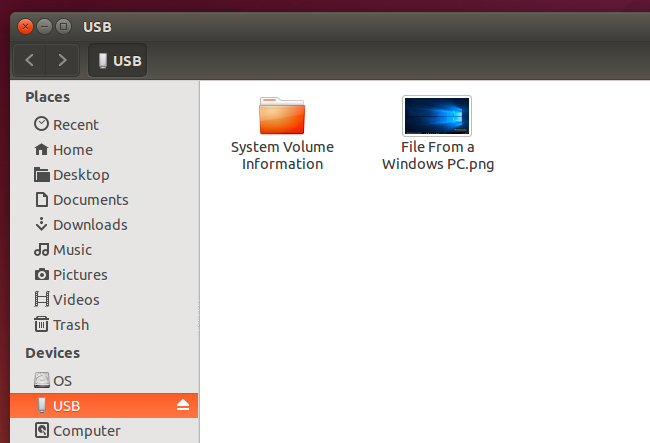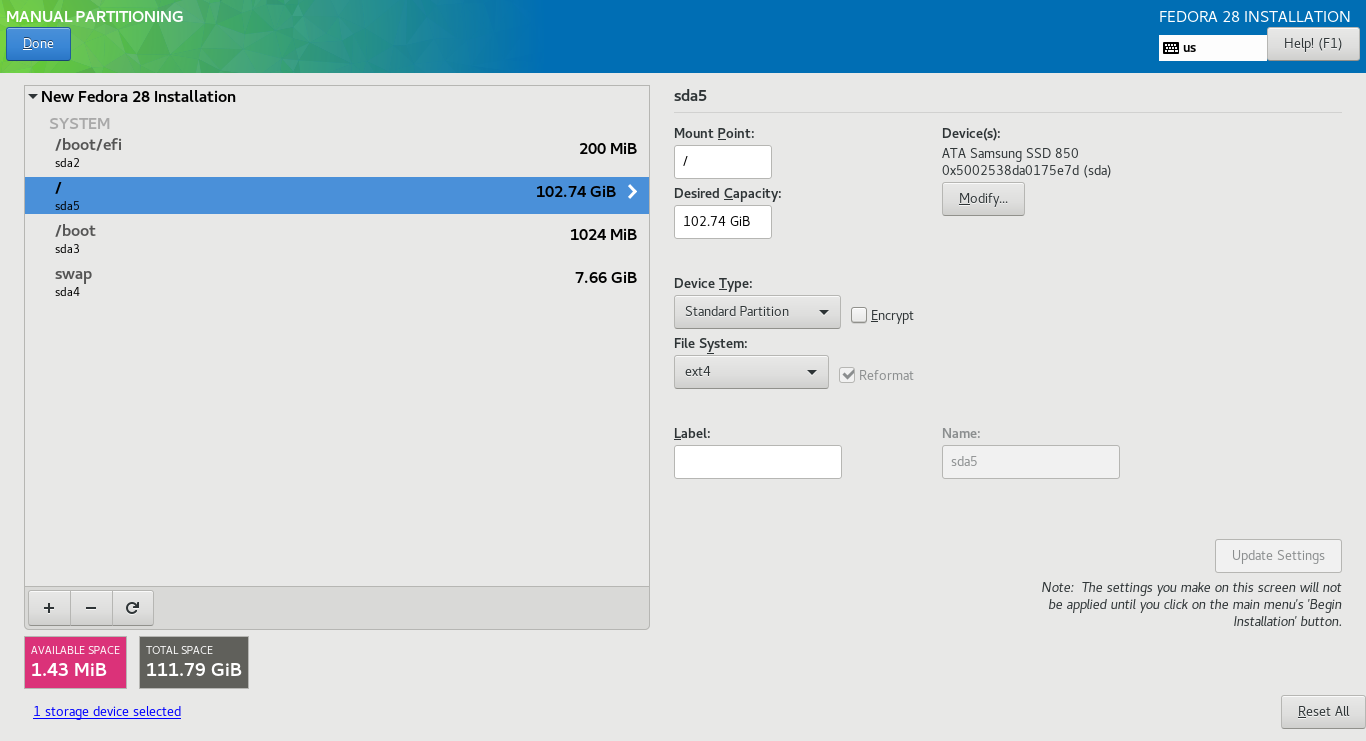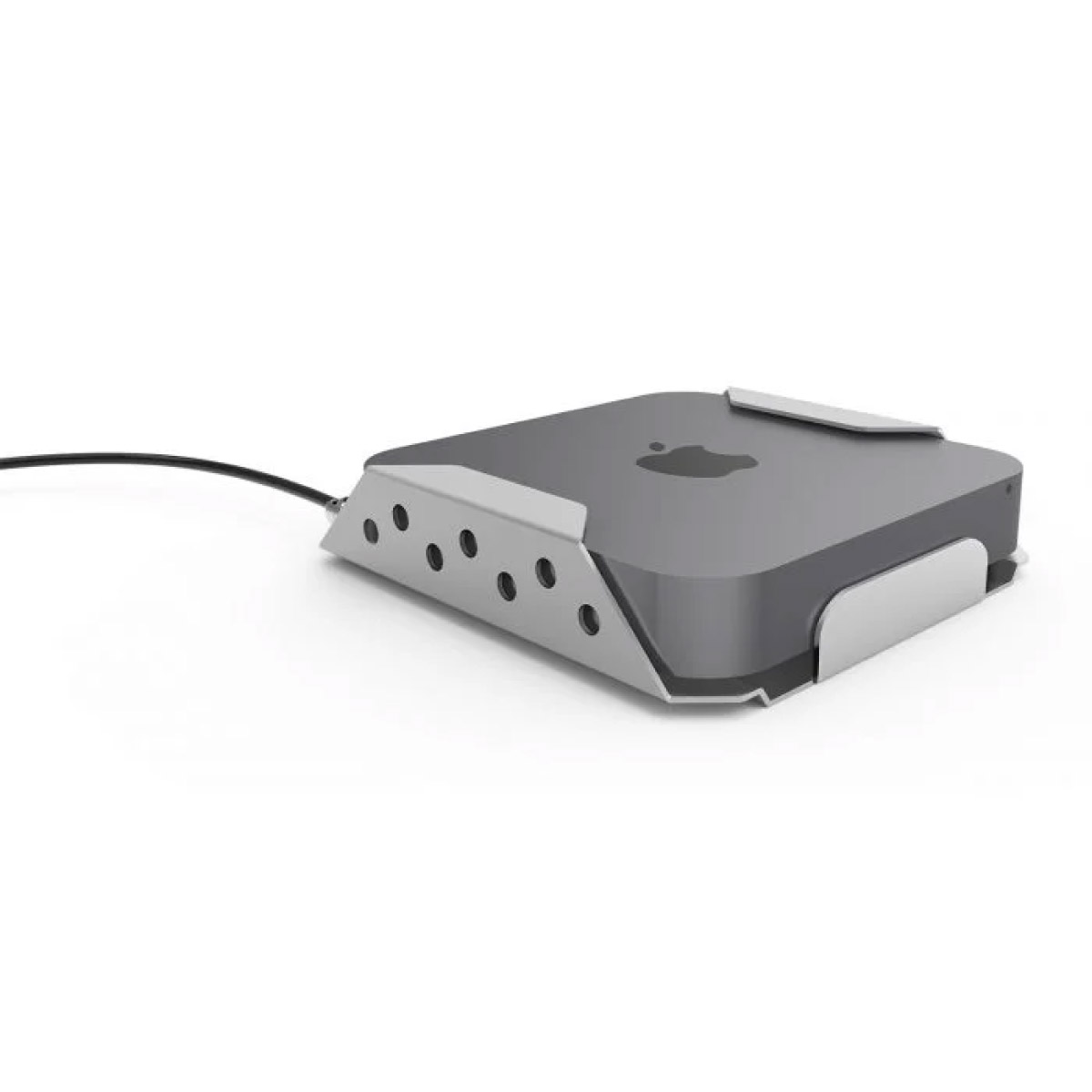

- Mount exfat on mac mini drivers#
- Mount exfat on mac mini software#
- Mount exfat on mac mini windows 8#
This is a very long process, especially on such a large drive/partition. I recommend this one in particular because it has an option called Salvage All Files, which will attempt to recover data from a drive that won't mount on the desktop. It will run as a working demo and allow you to recover a few files to see if it works. But this was a Mac formatted partition to begin with. Formatting the drive wiped out the file table.

Mount exfat on mac mini software#
Typical Windows recovery software depends on the file table to determine what files are on the drive and where to recover them from. Ouch! It's odd that the mistakenly formatted drive won't show on the desktop. It's okay to use exFAT on external drives since you can get the original data again from an NTFS drive if the external exFAT drive is having trouble." Use NTFS, which is known to be stable and reliable. So Microsoft's thinking is probably something like this "Don't use exFAT on an internal drive. In other words, it's still a work in progress. To make sense of why MS would cut off the use of exFAT for internal hard drives, it has to be understood that exFAT still doesn't have a final specification.

Mount exfat on mac mini drivers#
The whole purpose of exFAT was to allow easy transfer of large files between platforms in a format that didn't require third party drivers on either the Mac or Windows to read the drive. You can still format any type of external drive that way (hard drive, USB drives).
Mount exfat on mac mini windows 8#
What MS did was make a change in Windows 8 so that you cannot format an internal drive as exFAT. I looked again myself and found out this is not the case. Normally very accurate in their statements, so I assumed them to be correct. Patiently wait for the Format Process to be completed, after which it should show up in the Finder window.Kurt, what is your reference for saying that MS has dropped development for exFAT? On the confirmation pop-up, type a Name for the External Drive > select the desired Format type and click on the Erase button. Open Disk Utility > select the External Hard Drive in sidebar and click on Erase. Note: The format process will wipe out the entire data on the disk. To fix this issue, you need to Format the External Drive to a macOS compatible File Format. Reformat External DriveĪs mentioned above, you won’t be able to use the External Drive, if it is in NTFS format. If not, try to manually mount the External Drive. If the First Aid tool is able to fix the problem, the Drive should now appear in the sidebar. On the confirmation pop-up, click on Run to confirm. Open Disk Utility > select External Hard Drive in the sidebar and click on First Aid. The built-in “First Aid” tool on Mac can be used to fix corrupted files and other issues, which might be preventing the External Drive from functioning properly on your Mac. On Disk Utility screen, select the External Hard Drive in the side-bar and click on the Mount tab. Press Command + Option (Alt) + Spacebar keys to open spotlight search > type Disk Utility in the search bar and double-click on Disk Utility in the search results. Manually Mount External Hard Drive on Mac If the External Drive is still not being recognized by Mac, you may have to manually mount the Drive using Disk Utility.


 0 kommentar(er)
0 kommentar(er)
